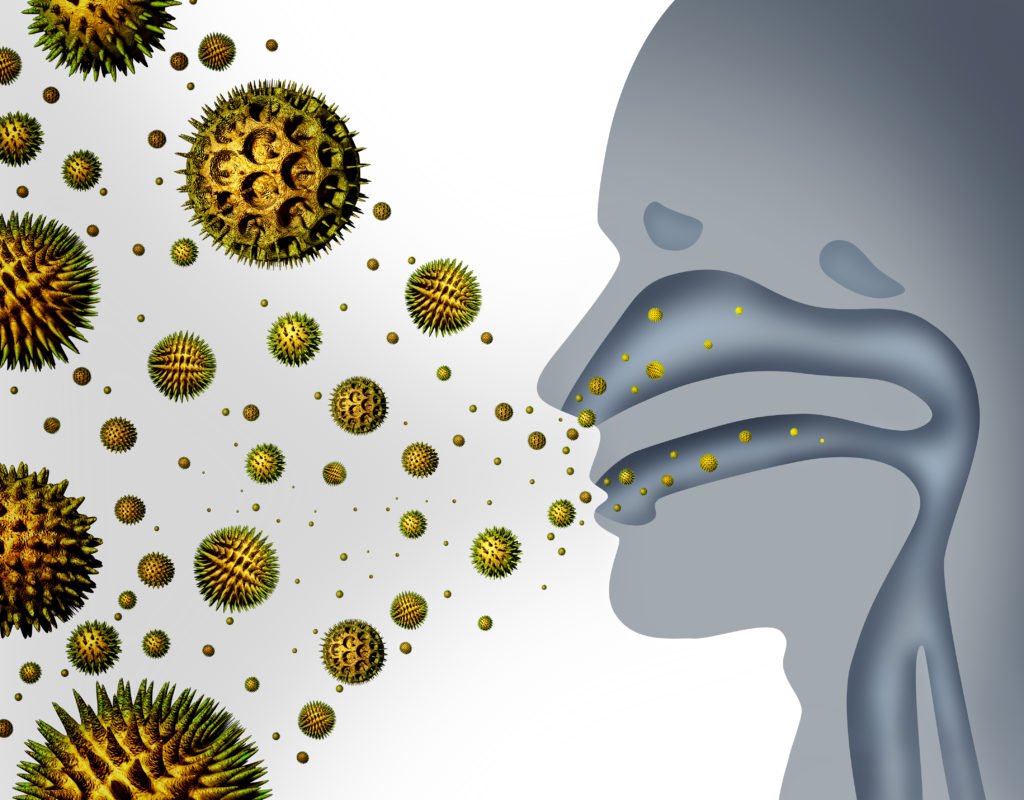Otitis media(OM) is inflammation of the middle ear. It is diagnosed and treated by ENT doctor.

Types of Otitis Media:
- Acute (AOM)
- Chronic (COM)
- Otitis media with effusion (OME) or glue ear
Acute Otitis Media (AOM)
AOM frequently affects children. It presents with severe ear pain after an episode of upper respiratory tract infection. Nasal congestion is a prodromal symptom. Ear pain worsens at night. A common presentation being a feverish child who wakes up with intractable crying a couple of hours after they went to bed. Ear pain is due to the build-up of fluid and pressure in the middle ear which is a very small space. AOM may resolve on its own if left untreated. However, collected fluid may get infected, leading to complications and hearing loss. Treatment of AOM is primarily medical, not surgical.
Chronic Otitis Media (COM)
COM is an inflammation of the middle for the long term. It’s most common symptoms are recurrent or persistent ear discharge and hearing loss. Perforation or retraction pockets damage the eardrum and severe disease destroys the bones of the ear. Treatment of COM is a combination of medicines and surgery.
OME/Glue ear
Dysfunctional Eustachian tube results in glue ear. The eustachian tube connects the middle ear with the nose(nasopharynx). It’s primary function is to aerate and equalise the pressure in the middle ear with the atmosphere. Whenever the Eustachian tube is unable to do its job, negative pressure builds in the middle ear. This leads to a collection of fluid. If this blockage in the Eustachian tube doesn’t resolve, collected fluid slowly thickens leading to the formation of “Glue” in the middle ear. Common presenting symptoms are ear block sensation, reduced hearing and feeling of bubbling in the ear when yawning or sneezing. Treatment starts with conservative management (nasal decongestants and anti-allergy medications). Ventilation tubes or grommets help to drain persistent fluid.
Conclusion
OM significantly affects the quality of life if left untreated. Complications involve the structures around the ear such as blood vessels, bone, soft-tissue around the ear and rarely even the brain. However, with timely diagnosis & treatment complications are few and far.
This article was written by Dr. Akanksha Saxena, Consultant ENT Surgeon, ENT360. She is a practicing ENT Surgeon in Gurgaon with over 10 years of experience. Click here to know more.


